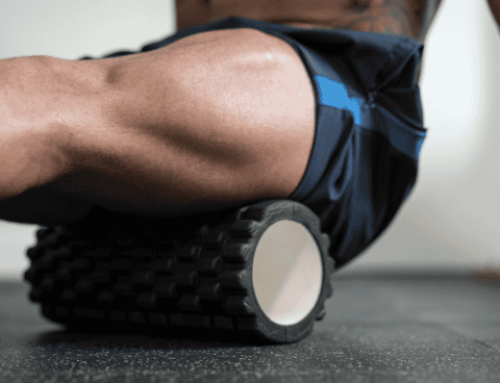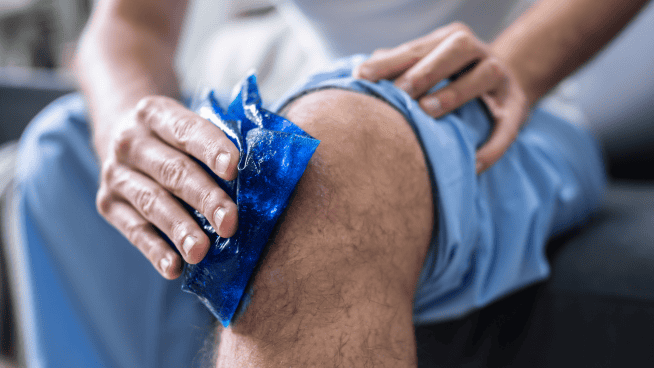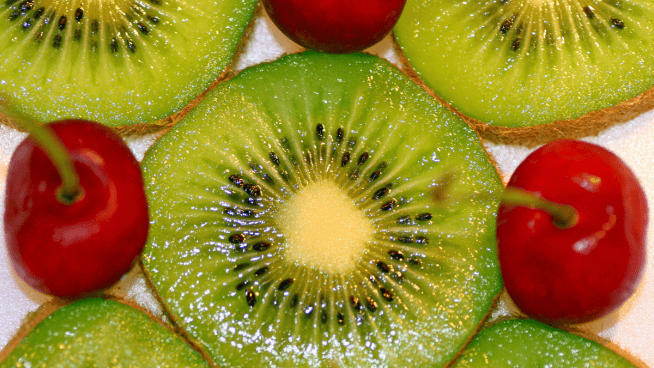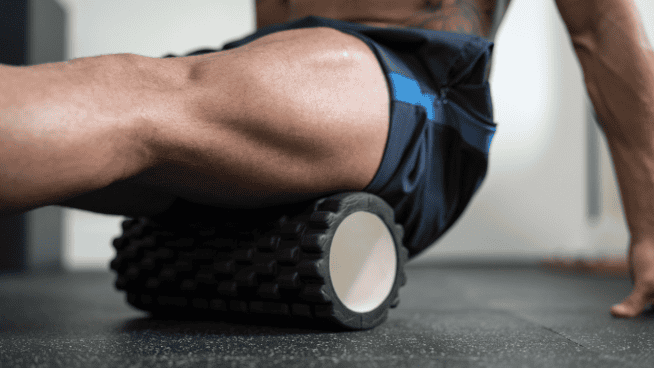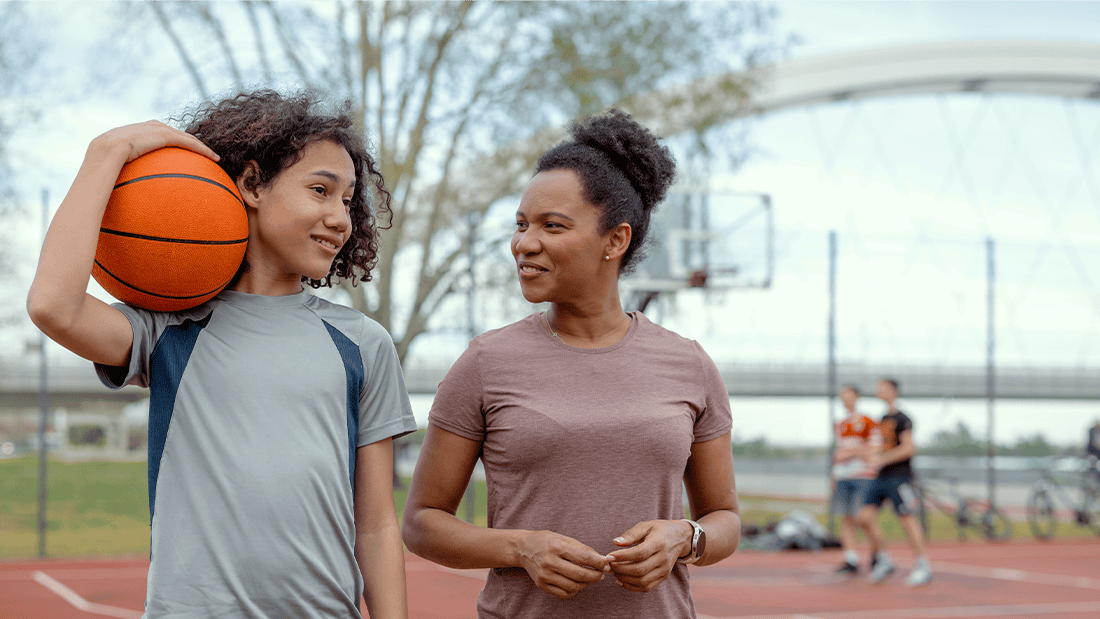New Study Shows You May Not Need Olympic Lifts to Increase Your Vertical Jump
Dunking a basketball, catching a football over a defender, elevating to spike a volleyball are all athletic movements where a big vertical jump is a huge advantage. If you are not genetically gifted, chances are you’ve searched for hours trying to find the best way to jump higher.
Some say squatting heavy, some say Jump Squats, and some say Power Cleans—cutting through the noise to find the best method can be difficult. A recent study published in the Journal of Strength and Conditioning Research looked to answer one big question related to the topic: What’s better for increasing your vertical jump, Olympic lifting or loaded jumps?
In this case, the researchers utilized Hang High-Pulls as the Olympic lift and Trap-Bar Jump Squats as the loaded jump. Both of these movements require explosive triple extension (the simultaneous extension of the ankles, knees and hips), which is the foundation of almost every athletic movement–including jumping.
Methods
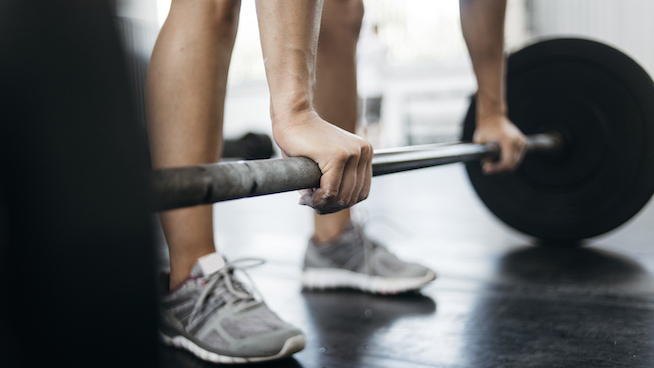
Eighteen NCAA Division II swimmers (8 males, 10 females) with at least one year of resistance training experience were recruited for this study. They were tested for Squat Jump, countermovement jump, and measures of force and power.
Subjects were separated into two groups that used the same volume and periodization throughout the 10 weeks of training, with the only difference being the exercise utilized:
- One group performed only the Trap-Bar Jump Squat
- One group performed only the Hang High-Pull
Here’s what the Trap-Bar Jump Squat looks like:[youtube video=”OBxSh7hf_2I”]
And here’s what the Hang High-Pull looks like:[youtube video=”5FZUrvSXD80″]
Results
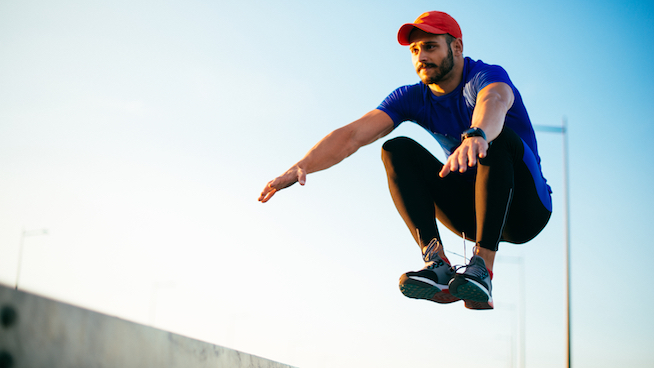
After the 10 weeks, both groups exhibited similar increases in jumping performance, force and power. However, the loaded jumps group saw moderately greater improvements in squat jump height and squat jump peak power.
“Loaded jumps seem equally effective as weightlifting derivatives for improving lower-body power in experienced athletes. Since loaded jumps require less skill and less coaching expertise than weightlifting, loaded jumps should be considered where coaching complex movements is difficult,” the researchers concluded.
Takeaway
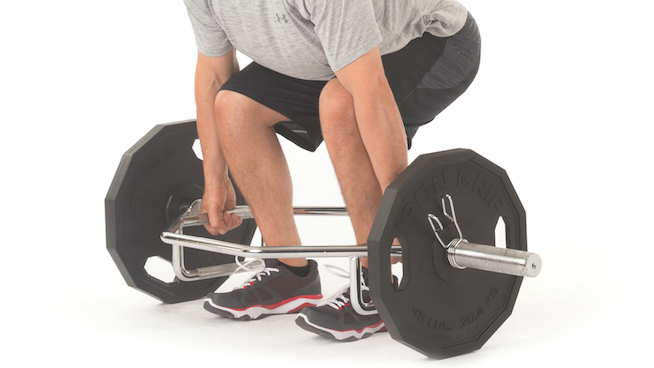
With all the time, coaching and effort it takes to perform Olympic lifts proficiently, it’s good to know that there are other options available that can similarly improve jumping performance, force and power. Loaded Jumps offer a simple solution, being as effective (and more effective in some regards) to Hang High-Pulls for jump performance.
Photo Credit: Drazen Lovric/iStock, mihailomilovanovic/iStock
READ MORE:
RECOMMENDED FOR YOU
New Study Shows You May Not Need Olympic Lifts to Increase Your Vertical Jump
Dunking a basketball, catching a football over a defender, elevating to spike a volleyball are all athletic movements where a big vertical jump is a huge advantage. If you are not genetically gifted, chances are you’ve searched for hours trying to find the best way to jump higher.
Some say squatting heavy, some say Jump Squats, and some say Power Cleans—cutting through the noise to find the best method can be difficult. A recent study published in the Journal of Strength and Conditioning Research looked to answer one big question related to the topic: What’s better for increasing your vertical jump, Olympic lifting or loaded jumps?
In this case, the researchers utilized Hang High-Pulls as the Olympic lift and Trap-Bar Jump Squats as the loaded jump. Both of these movements require explosive triple extension (the simultaneous extension of the ankles, knees and hips), which is the foundation of almost every athletic movement–including jumping.
Methods

Eighteen NCAA Division II swimmers (8 males, 10 females) with at least one year of resistance training experience were recruited for this study. They were tested for Squat Jump, countermovement jump, and measures of force and power.
Subjects were separated into two groups that used the same volume and periodization throughout the 10 weeks of training, with the only difference being the exercise utilized:
- One group performed only the Trap-Bar Jump Squat
- One group performed only the Hang High-Pull
Here’s what the Trap-Bar Jump Squat looks like:[youtube video=”OBxSh7hf_2I”]
And here’s what the Hang High-Pull looks like:[youtube video=”5FZUrvSXD80″]
Results

After the 10 weeks, both groups exhibited similar increases in jumping performance, force and power. However, the loaded jumps group saw moderately greater improvements in squat jump height and squat jump peak power.
“Loaded jumps seem equally effective as weightlifting derivatives for improving lower-body power in experienced athletes. Since loaded jumps require less skill and less coaching expertise than weightlifting, loaded jumps should be considered where coaching complex movements is difficult,” the researchers concluded.
Takeaway

With all the time, coaching and effort it takes to perform Olympic lifts proficiently, it’s good to know that there are other options available that can similarly improve jumping performance, force and power. Loaded Jumps offer a simple solution, being as effective (and more effective in some regards) to Hang High-Pulls for jump performance.
Photo Credit: Drazen Lovric/iStock, mihailomilovanovic/iStock
READ MORE:



